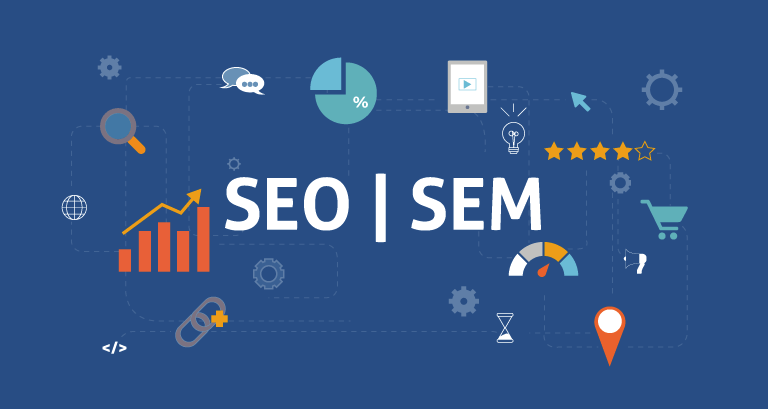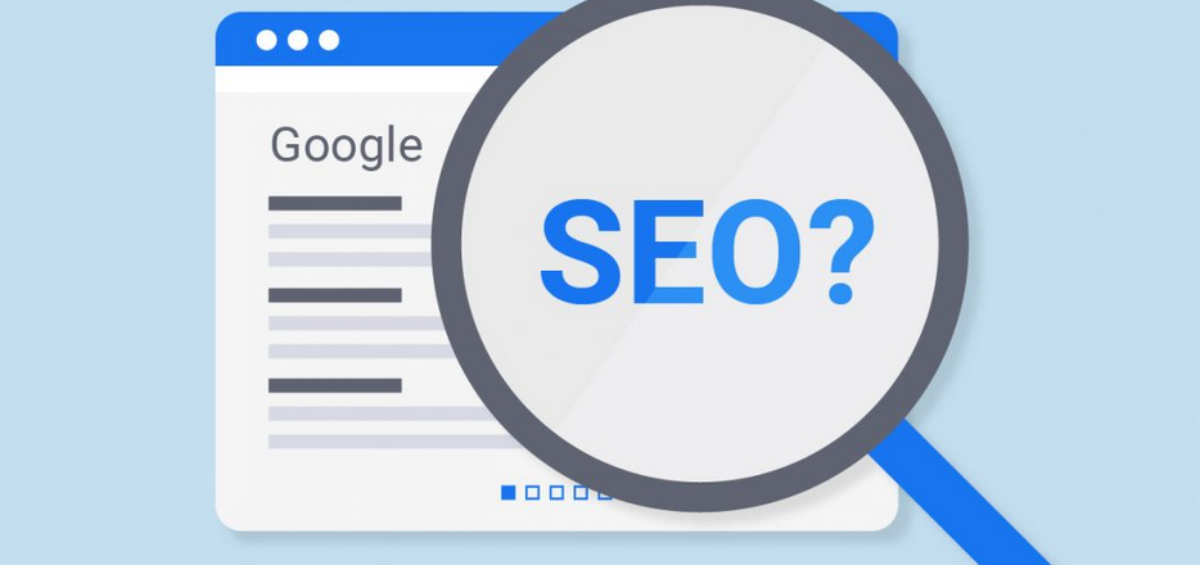In the digital marketing world, the terms SEO and SEM are widely used but can be misconstrued even among those who consider themselves to be experts. While the term SEO, or search engine optimization, has been around for a while, SEM, or search engine marketing, is relatively more recent. Although the two practices work together, SEO involves optimizing content with keywords and phrases that drive organic or natural traffic from search engine results. In contrast, SEM involves gaining website traffic through paid search engine advertising. Driving both paid and organic traffic is touted by many digital marketing experts as a well-rounded strategy for gaining leads and customers.

What is SEO?
Search engine optimization entails generating organic traffic to a website or landing page. Organic traffic is classified as natural or non-paid traffic. When a person conducts an online search for “how to fix a pilot light in a gas fireplace,” the search engine returns multiple results based on certain keywords. In this example, those keywords and phrases are likely to be “gas fireplace,” “pilot light,” and “how to fix a pilot light.” The returned results may show various pieces of content that direct the person to websites for vendors that service and fix gas fireplaces. Although the process seems simple, digital marketing agencies like appiloque.com, help conduct keyword research and analysis to determine how content can rank high enough in search engine algorithms to produce effective results.
What is SEM?
SEM, or search engine marketing, drives traffic to websites and landing pages via paid advertising that people see online. Those ads may be returned with search engine results near the top of the page or be pay per click ads that show up within social media platforms and within third-party websites. For instance, a person may be browsing Facebook and sees an ad for garden supplies. The ad is displayed based on that person’s browsing history and social media activity. The person clicks on the ad and is directed to a website that sells garden supplies.
Additional Components and Differences
Besides organic versus paid results, there are numerous technical and functional differences between SEO and SEM. SEO tactics involve the use of metadata or embedded descriptions for images, titles, and copy that use keyword phrases people are likely to use when researching a topic online. Keyword research using tools and applications can reveal the average monthly volume keywords and keyword phrases receive in addition to ranking difficulty and top sites that rank for those keywords. SEO strategy can also involve the use of links and link building that involve other authoritative sites and articles incorporating links to another company’s content or website.
SEM, on the other hand, focuses specifically on enhanced targeting through online ads. The targeting is often based on interests or users’ online behaviors. For example, if someone has visited a company’s website but left without making a purchase, he or she may then later see a pay per click ad within Google or Facebook that advertises that company’s products.
Both SEO and SEM can be used to generate more online leads and traffic to a company’s website and content. Both organic and paid traffic have tangible benefits, although some companies prefer to generate more organic traffic than paid traffic to keep marketing costs low. However, paid search strategies can sometimes generate more qualified leads and help drive better performance.












Add Comment